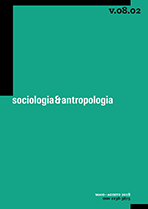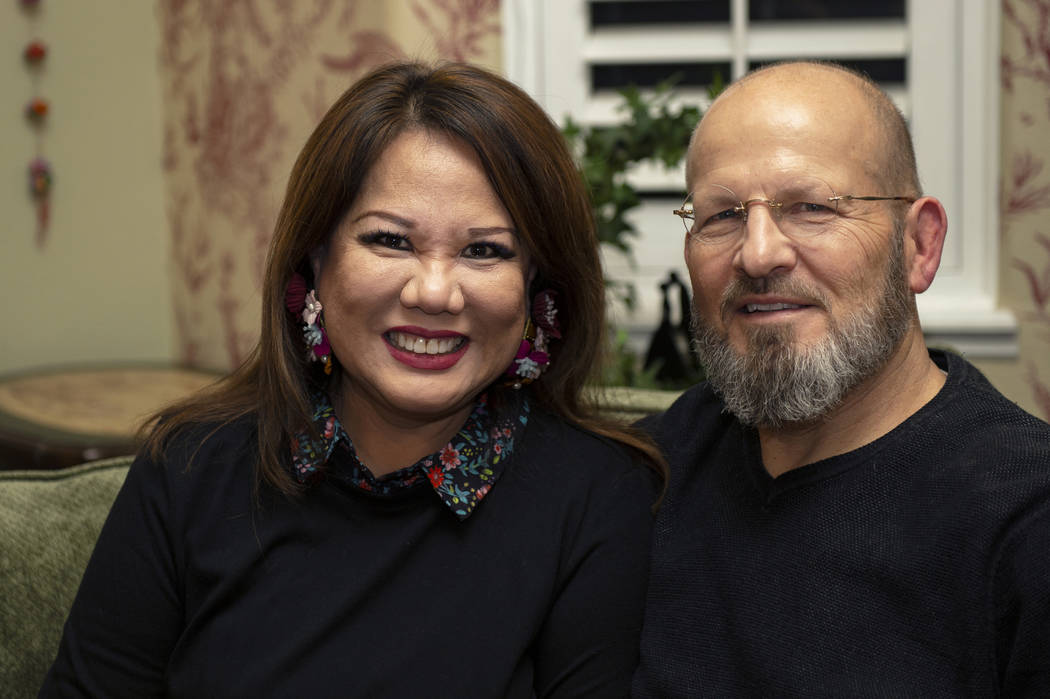From Color Line to Color Chart: Racism and Colorism in the New Century
Berkeley Journal of African-American Law & Policy
Volume 10, Issue 1 (January 2008)
pages 52-69
DOI: 10.15779/Z380C9X
Angela P. Harris, Distinguished Professor of Law
University of California, Davis
When my sister graduated from college in the mid-1980s with a degree in musical theater she moved to Chicago with her new husband in search of work in television commercials and the performing arts. To her frustration and dismay, however, despite her good looks, acting ability, and musical talent, she was rejected in audition after audition. Getting rejected for arbitrary reasons or for no reason, of course, is just life in the entertainment industry. After a while, though, my sister began to hear some repetition in the rejections she received. “You don’t look black enough,” is the apology she would get.
My sister is very fair-skinned, with hair that streaks blonde in the summer. Yet, at least to discerning eyes, she can’t “pass” for white: her features, her creamy skin, and her “African booty” distinguish her from the Scandinavian descent blondes that populate beer commercials and musical revues. For casting directors, then, she fell into a limbo: too white to play black, but too black to play white.
Today, my sister has a recurring role on a children’s television show (she’s Prudence the Musical Genie on “Jack’s Big Show,” produced by Nickelodeon, if you want to see her), and fortunes are changing not just for her but for many women and men in the performing arts who “read” as racially ambiguous, or racially “mixed.” To put it bluntly, the ambiguous/mixed look is now “hot.” Celebrities such as Tiger Woods, Mariah Carey, and The Rock discuss their mixed background with pride;’ television, catalog, magazine, and newspaper advertising is full of adorable light-brown children with flowing locks that are not quite nappy, not quite straight; and mixed-race.
Politician Barack Obama finds himself able to appeal to both white and African-American audiences. A recent essay predicts that in the future the most desirable aesthetic both in the United States and in Latin America will not be to look “white,” but to look café con crema.
Not only the aesthetics but the ideologies of race are undergoing a shift. Tanya Hernandez, who writes in the field of comparative race and racism, argues that the United States is poised to adopt the “multiracial matrix” that characterizes state and civil society in Cuba, Brazil, and Puerto Rico. Hernandez describes this matrix as composed of four beliefs:
(1) [R]acial mixture and diverse racial demography will resolve racial problems by transcending race; (2) fluid racial identity is an indicator of a form of racial progress that deconstructs the stability of racial categories and thereby brings society closer to a colorblind utopia; (3) racism is solely a phenomenon of aberrant racist individuals who inappropriately express their prejudice; and (4) discussing race or focusing on race is itself racist because it disrupts the harmony of race neutrality.
Judging from these indicators, perhaps the dream of finally achieving racial harmony through racial intermixing is about to become real. Hernandez and some other scholars, however, are worried rather than pleased about the emergence of the multiracial matrix. Some worry that despite the emergence of an anti-race public discourse, racism has not disappeared, but instead has retreated into individual cognitive processing systems, where it is inaccessible to legal intent tests (and, often, the individual’s own conscious mind), yet continues to shape the life chances of persons according to race. In this view, what is disappearing is not racism but rather our ability to talk about it. Others argue that in the new millennium traditional racism is indeed disappearing, but only to be slowly supplanted by colorism, in which the color of a person’s skin will take on more importance in determining how she is treated by others than her ancestry. In this Article, I speculate about the implications of this second possibility.
In Part I, I survey the critical race theory literature addressing colorism. This literature has examined how colorism fits (or doesn’t fit) into the existing apparatus of anti-discrimination law in the United States, and – as in Hernandez’s work – the relationship between colorism in the United States and in other countries. In Part II, I draw on a different strand of critical race theory literature to argue that the work of the performativity school offers a way to conceptually link colorism to more familiar forms of racism. In Part III, I speculate about the possible effects on society and anti-discrimination law of a drift away from ancestry as an important component of assigned race and towards a greater focus on color…
Read the entire article here.



